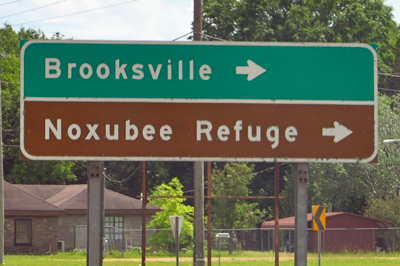 |
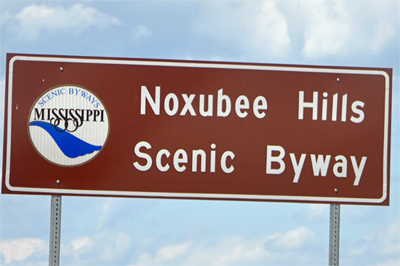 |
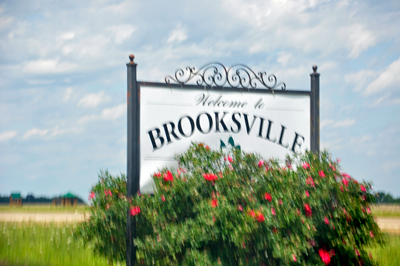 |
Sam D. Hamilton Noxubee National Wildlife Refuge is a 48,000 acres National Wildlife Refuge located in the U.S. state of Mississippi, in Noxubee, Oktibbeha, and Winston Counties . The refuge serves as a resting and feeding area for migratory birds and as example of proper land stewardship. Also, the refuge extensively manages land for the endangered red-cockaded woodpecker (although the two RV Gypsies did not see any).
 Land for the Noxubee NWR was obtained in the 1930s through the Resettlement Administration. During the 1930s, the land was controlled by the Bankhead-Jones Farm Tenant Act. In 1940, the land was established as a National Wildlife Refuge in 1940 to ensure the wetlands would continue to be protected, providing migratory bird species and other animals a safe haven. Of the 48,000 acres (190 km) of land, approximately 44,500 acres consists of bottomland and upland forest. A variety of species inhabit these lands including quail, deer, and turkey. Land for the Noxubee NWR was obtained in the 1930s through the Resettlement Administration. During the 1930s, the land was controlled by the Bankhead-Jones Farm Tenant Act. In 1940, the land was established as a National Wildlife Refuge in 1940 to ensure the wetlands would continue to be protected, providing migratory bird species and other animals a safe haven. Of the 48,000 acres (190 km) of land, approximately 44,500 acres consists of bottomland and upland forest. A variety of species inhabit these lands including quail, deer, and turkey.
Two major lakes, Bluff with 1,200 acres and Loakfoma with 600 acres provide much of the wetlands within Noxubee. Additionally, there are four green tree reservoirs and sixteen smaller reservoirs which provide a habitat for wood stork, American alligator, bald eagle and other waterfowl. (Again, the two RV Gypsies did not see any of the above mentioned wildlife).
The refuge partners with nearby Mississippi State University in an extensive research program with the Department of Wildlife and Fisheries and the Department of Forestry.
Originally named the Noxubee National Wildlife Refuge, the refuge was renamed for Sam D. Hamilton, a former director of the Fish and Wildlife Service, in February 2012.
Above Quote From Wikipedia, the free encyclopedia |
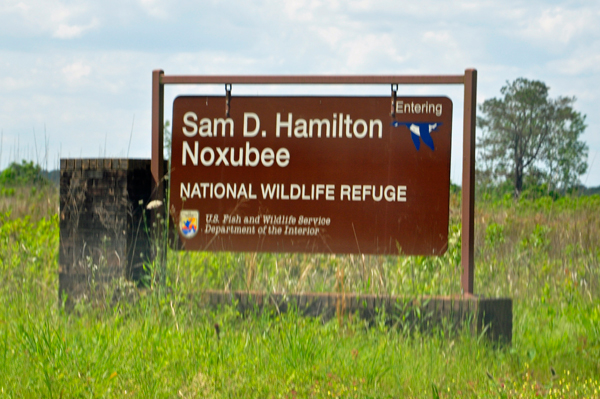 |
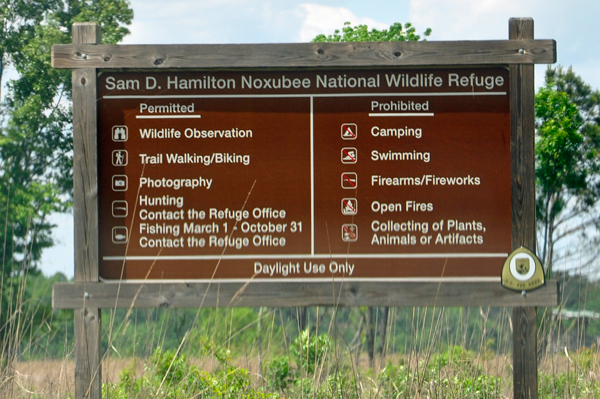 |
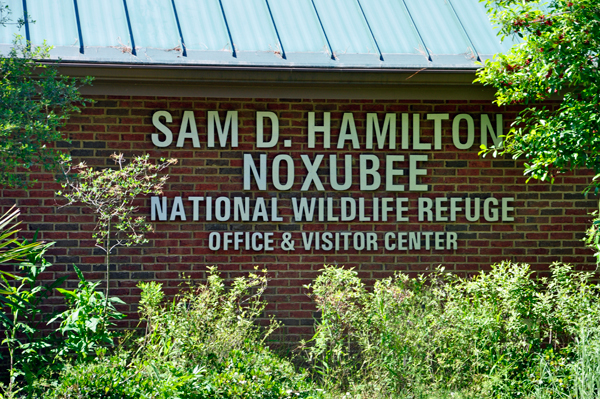 |
Below: Bluff Lake behind
the Visitor Center. |
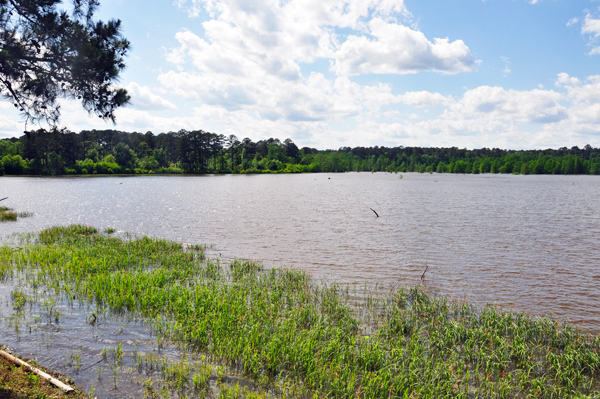 |
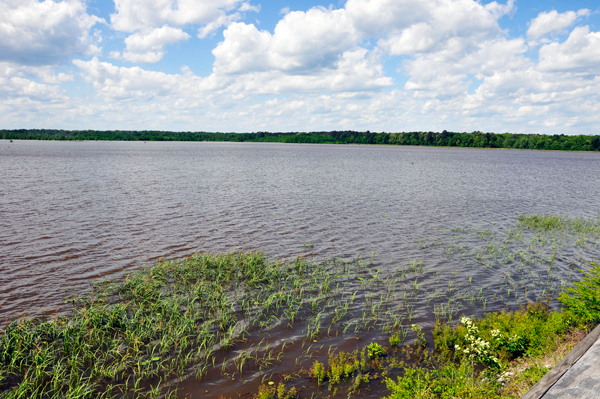 |
Below: Cypress Cove Recreational
Boardwalk - a short easy walk on a boardwalk with views of Cypress Trees
and a turtle. |
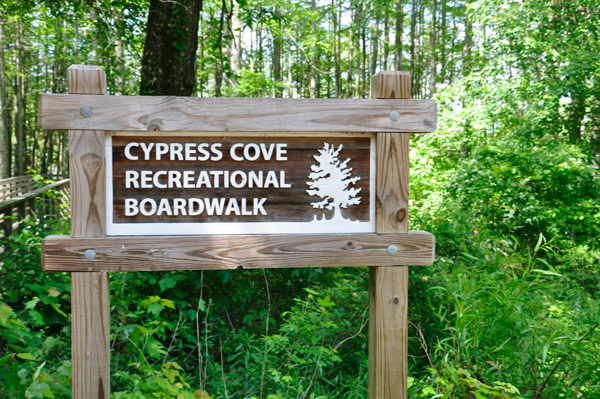 |
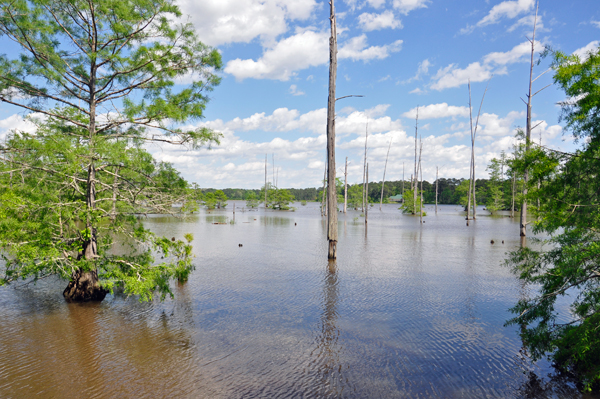 |
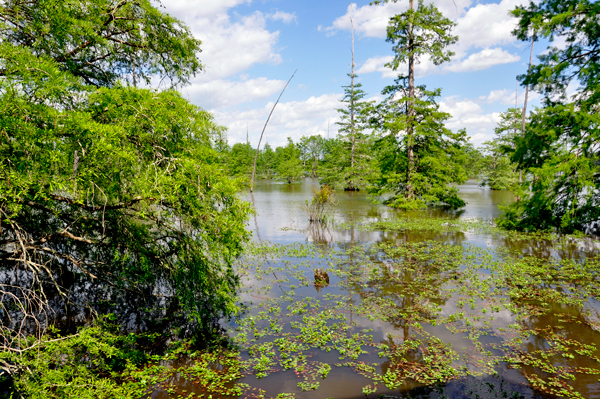 |
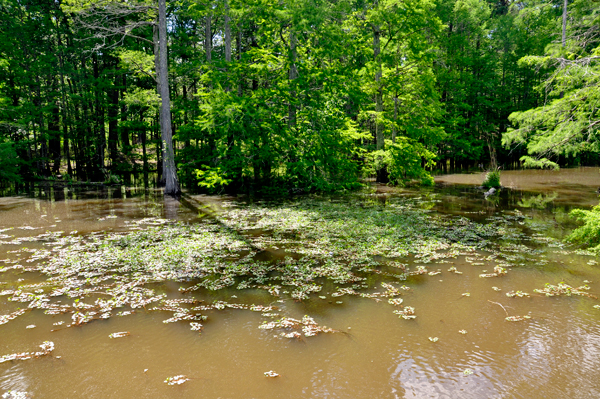 |
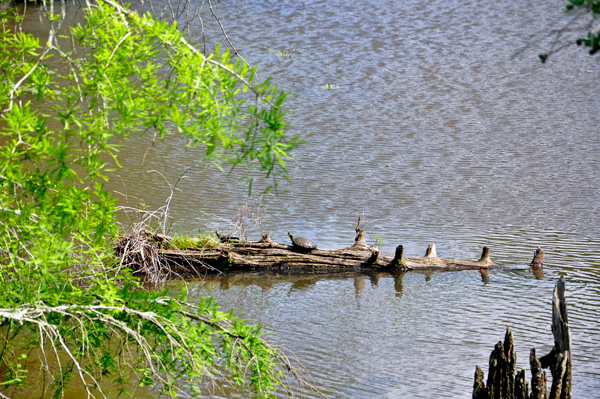 |
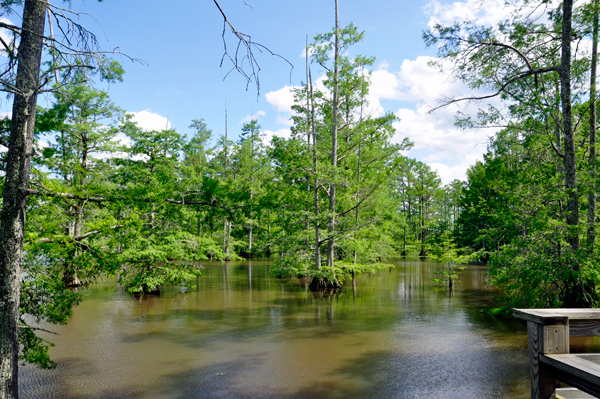 |
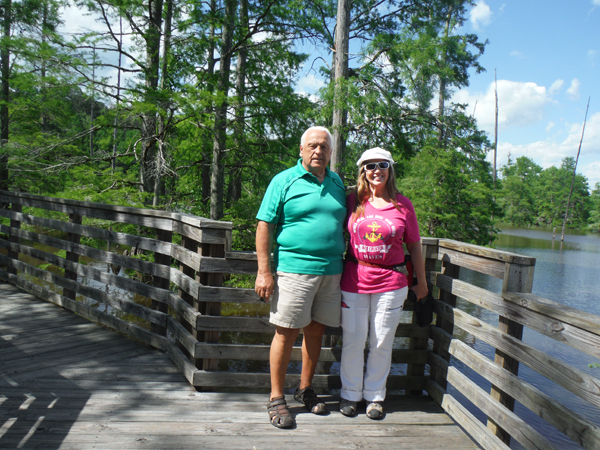 |
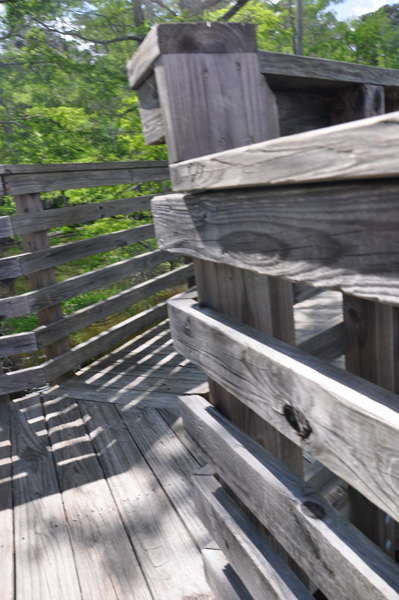 |
Below: Woodpecker Trail: All
species of woodpeckers native to the Southeast might be found on this
half-mile round trip trail. This trail is one of the shortest found
on the Refuge. Periodically throughout the trail are informative signs
explaining the plants and animals you may find. |
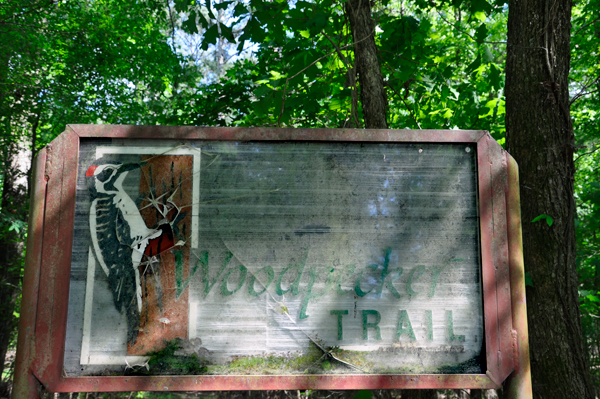 |
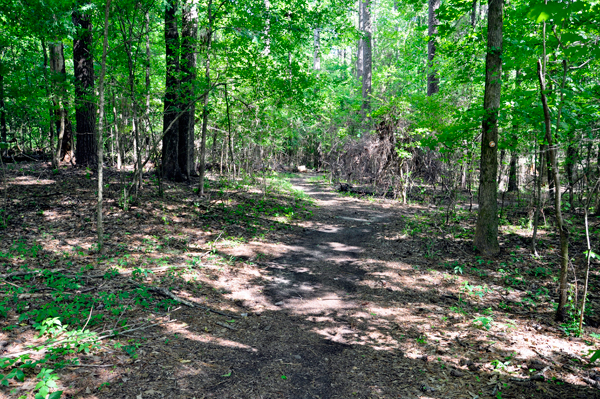 |
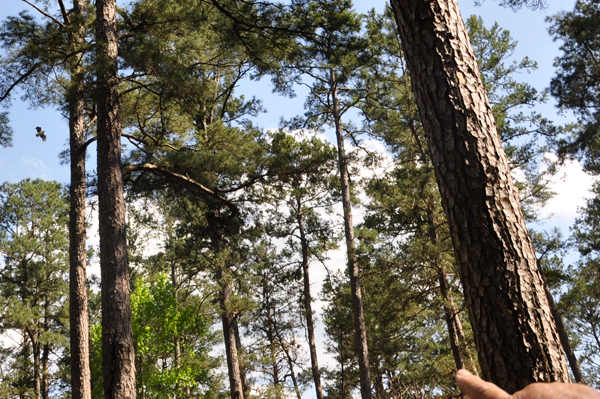 |
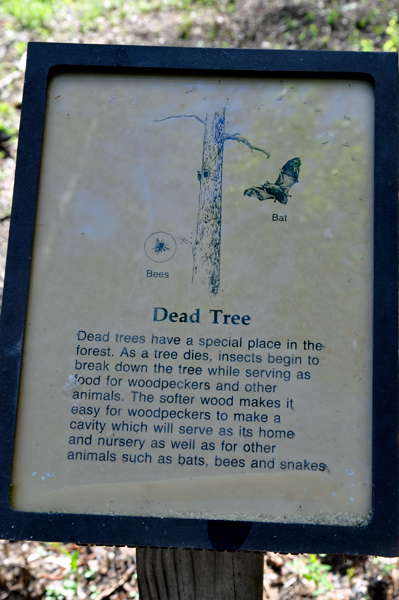 |
Below: A large piece of a
tree was laying flat on the ground across the trail and it was full
of holes made by the woodpeckers. Unfortunately, the two RV Gypsies
never saw any woodpeckers even though they walked very slowly throughout
this area and often stopped to listen and look up into the trees. |
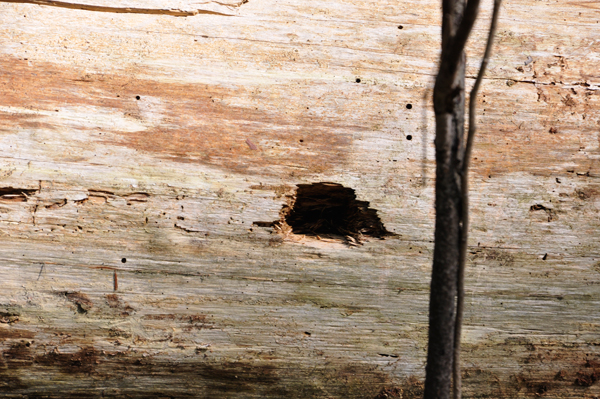 |
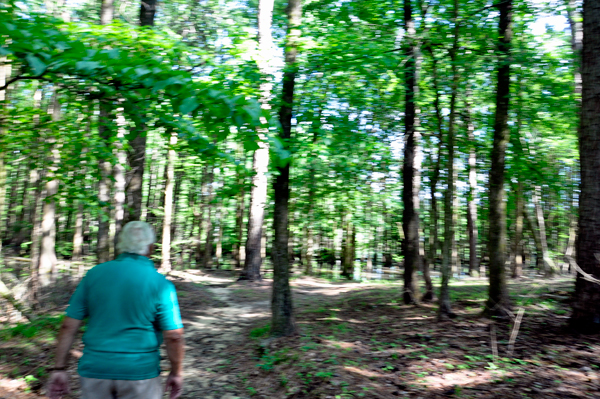 |
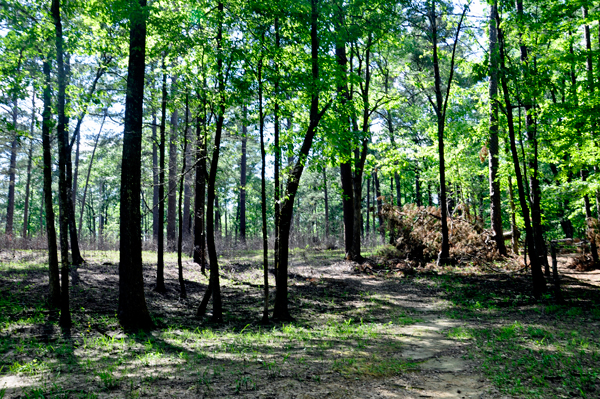 |
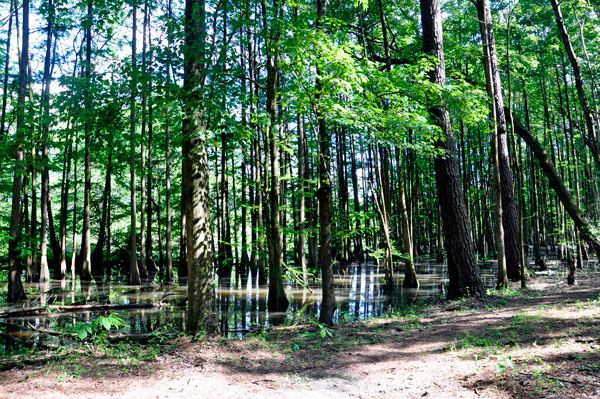 |
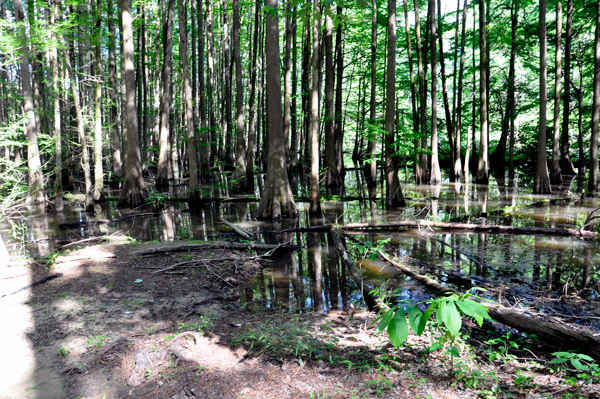 |
Below: Goose Overlook has
a 30-foot-high observation platform overlooking Bluff Lake. This area
provides a wildlife viewing area for animals such as white-tailed deer
and migrating Canada Geese. The two RV Gypsies did see the Canada Geese,
but they did not see any deer. |
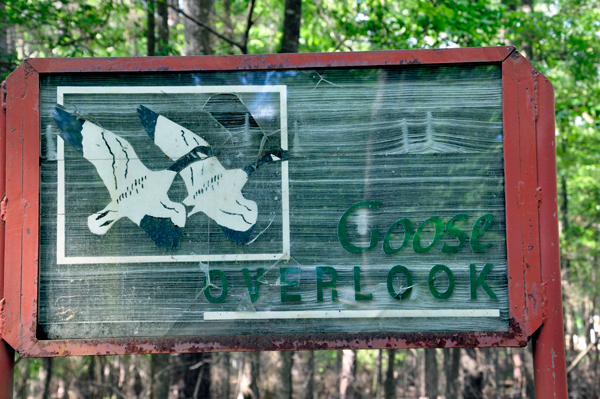 |
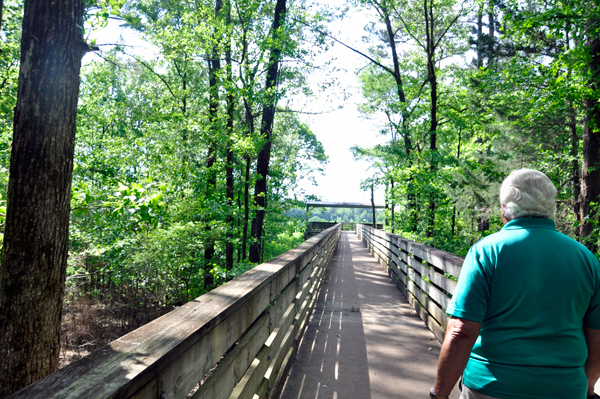 |
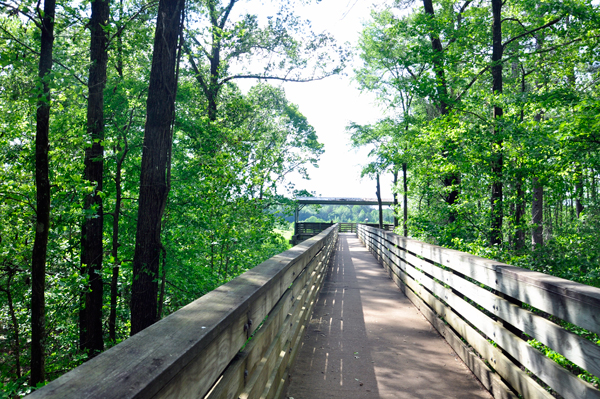 |
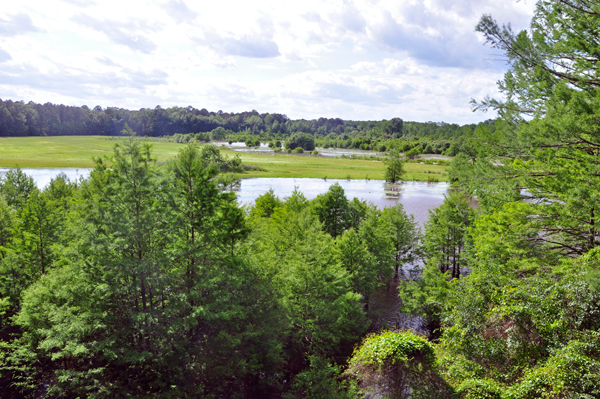 |
Below: From the overlook,
the Canada Geese could be heard by the two RV Gypsies. The geese are
in the two pictures below, but are hard to see. Binoculars were mounted
on the overlook platform. |
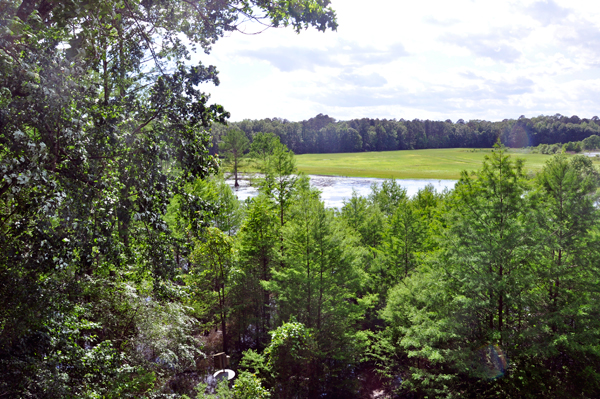 |
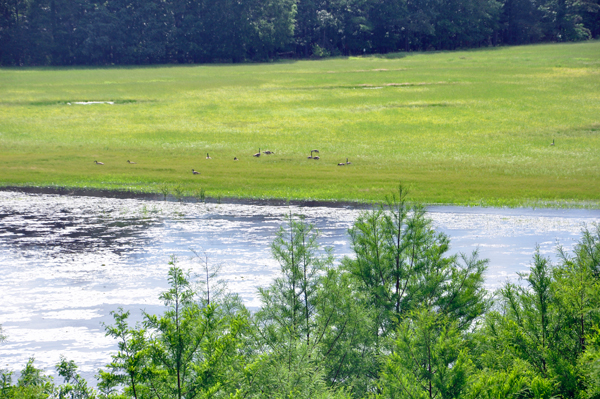 |
Below: Morgan Hill Overlook
and Prairie Trail connects the parking area to the Morgan Hill Overlook.
The trail goes through an Alabama Black Belt Prairie Restoration Area.
The trail surface is packed gravel and the overlook has a wheelchair
accessible ramp. The Morgan Hill Overlook, equipped with a binocular
telescope, provides visitors a panoramic vista of 600-acre Loakfoma
Lake. |
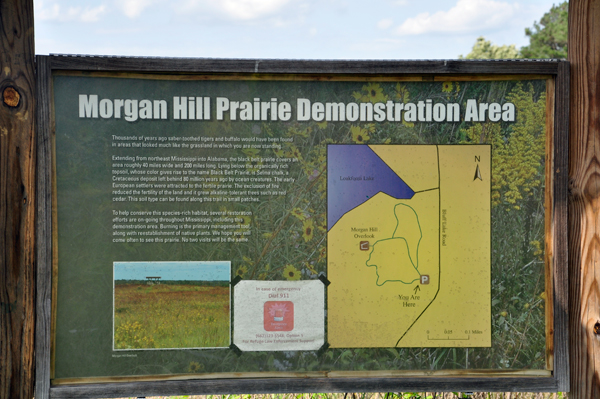 |
Below: From this trail visitors
may see a variety of plants and animals including Indian grass, white-tailed
deer, fox and various species of waterfowl and songbirds. Spring and
summer are the best seasons to see several varieties of butterflies.
Fall wildflower viewing can be spectacular in this grassland habitat.
In winter bald eagles can be seen regularly from this overlook.
However, on this date, the two RV Gypsies did not see much at all,
except a few flowers. |
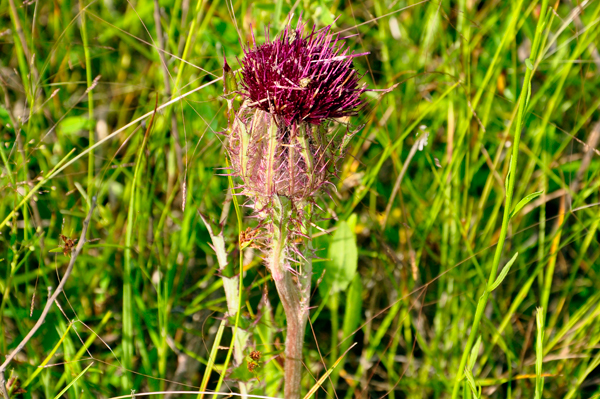 |
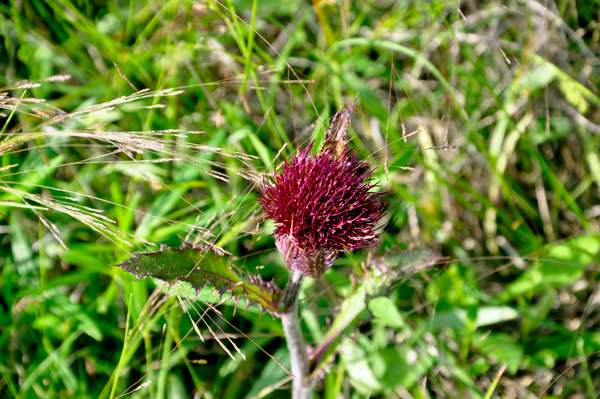 |
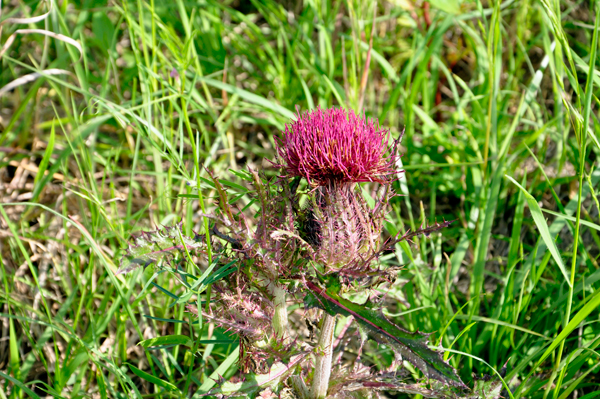 |
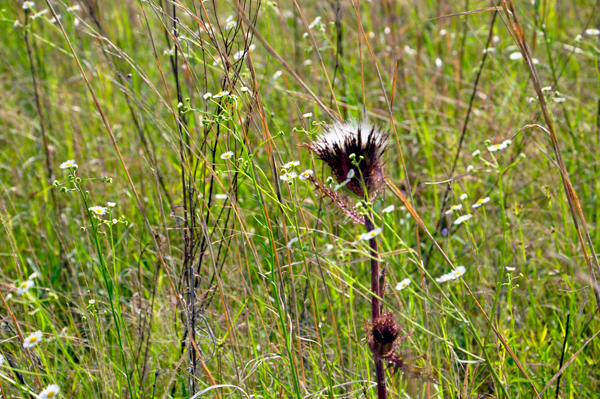 |
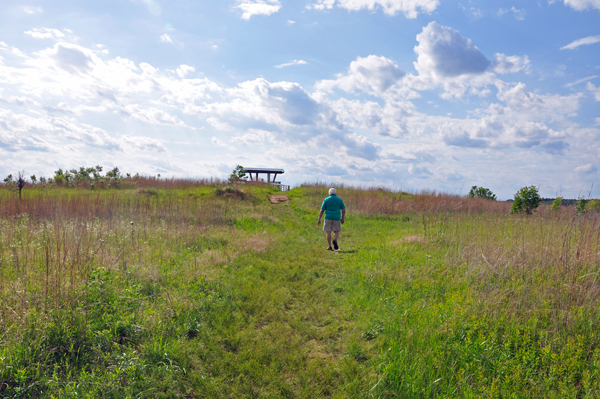 |
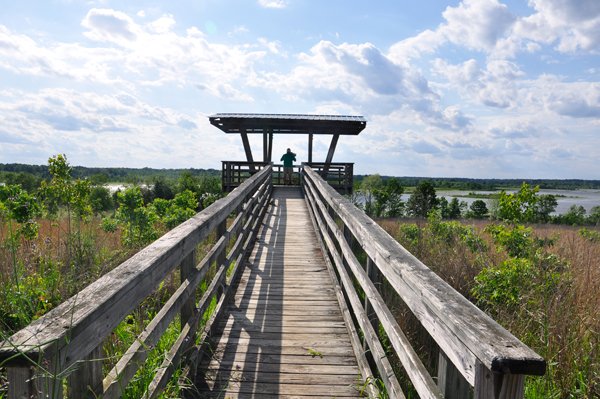 |
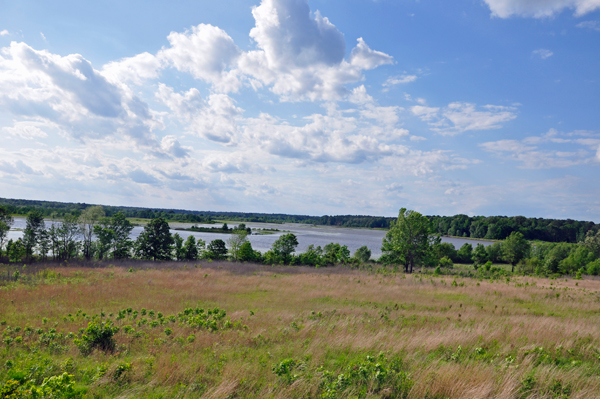 |
 |
There were some other trails
here that the two RV Gypsies did not go on. The Trail of the Big Trees
is a 4-mile round trip paralleling the Noxubee River. Brochures said
there would not be any beavers on the Beaver Dam Trail which is just
over two miles in length, so the two RV Gypsies decided not to walk
that one either. The two RV Gypsies did not find the Bluff Lake Boardwalk. |
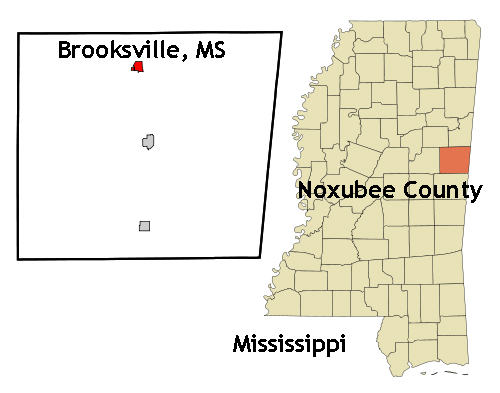

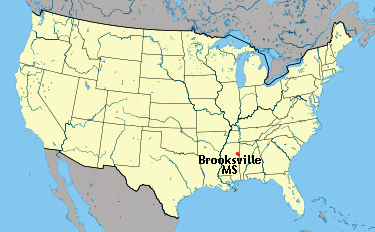



 Land for the Noxubee NWR was obtained in the 1930s through the Resettlement Administration. During the 1930s, the land was controlled by the Bankhead-Jones Farm Tenant Act. In 1940, the land was established as a National Wildlife Refuge in 1940 to ensure the wetlands would continue to be protected, providing migratory bird species and other animals a safe haven. Of the 48,000 acres (190 km) of land, approximately 44,500 acres consists of bottomland and upland forest. A variety of species inhabit these lands including quail, deer, and turkey.
Land for the Noxubee NWR was obtained in the 1930s through the Resettlement Administration. During the 1930s, the land was controlled by the Bankhead-Jones Farm Tenant Act. In 1940, the land was established as a National Wildlife Refuge in 1940 to ensure the wetlands would continue to be protected, providing migratory bird species and other animals a safe haven. Of the 48,000 acres (190 km) of land, approximately 44,500 acres consists of bottomland and upland forest. A variety of species inhabit these lands including quail, deer, and turkey.





























































